Standard Tire Size
Standard Bicycle Tire Size
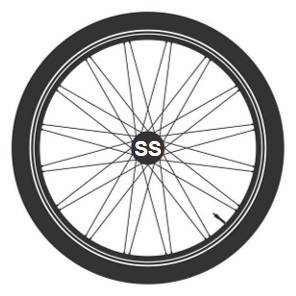
Standard Passenger Car Tire Size
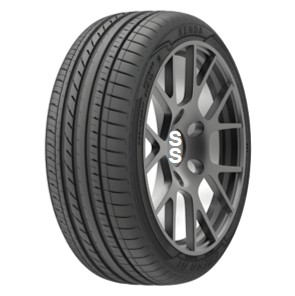
Standard Commercial Vehicle Tire Size
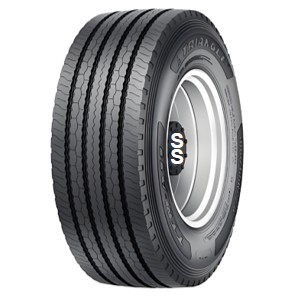
Standard Light Truck Tire Size
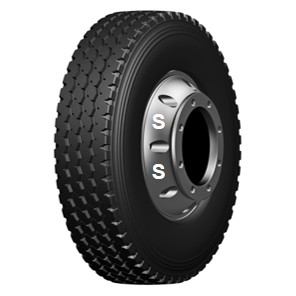
ISO Standard Tire Size

ECE Standard Tire Size
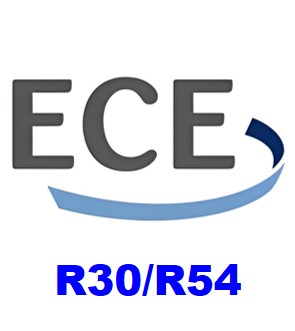
DOT Standard Tire Size
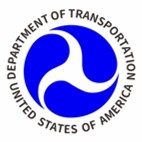
GCC Standard Tire Size
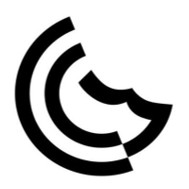
About Standard Tire Size
1. Dimensions & Size Specifications.
A: Section Width: The width of the tire from sidewall to sidewall, measured in millimeters (e.g., 205 in 205/55R16).
B: Aspect Ratio: The ratio of the tire's sidewall height to its section width, expressed as a percentage (e.g., 55 in 205/55R16). A lower number means a shorter, stiffer sidewall.
C: Rim Diameter: The diameter of the wheel rim that the tire is designed to fit, measured in inches (e.g., 16 in 205/55R16).
D: Overall Diameter: The total height of the inflated tire. Critical for ensuring it doesn't rub against the vehicle's wheel well.
E: Loaded Radius & Section Height: Precise measurements of the tire's dimensions under load, important for vehicle dynamics.
2. Load Capacity.
Load Index (LI): A numerical code (e.g., 91, 102, 121) that corresponds to a specific maximum load capacity in kilograms or pounds. For example, a load index of 91 can carry 615 kg (1,356 lbs). This is a mandatory marking.
3. Speed Capability.
Speed Symbol (or Speed Rating): A letter code (e.g., T, H, V, W, Y) that denotes the maximum speed the tire can maintain. For example, 'H' is rated for 210 km/h (130 mph), and 'W' for 270 km/h (168 mph). This is a mandatory marking.
4. Performance & Endurance Tests.
A: High-Speed Test: Verifies the tire's integrity when run at its maximum speed rating for a sustained period.
B: Endurance Test: Simulates long-distance driving to ensure the tire doesn't fail from wear and heat buildup over time.
C: Strength (Plunger) Test: A steel plunger is forced into the tire to check its resistance to impacts and punctures.
D: Tread Wear Indicators (TWI): Mandates the inclusion of small raised bars in the tread grooves that become flush with the tread when the tire is worn to the legal limit of 1.6mm.
E: Wet Grip/Braking Performance: Measures the tire's stopping distance on a wet surface. This is a cornerstone of the EU tire label and ECE regulations.
F: Rolling Resistance: Measures the energy lost as the tire rolls, which directly impacts fuel efficiency and EV range.
G: Noise Emission: Measures exterior noise generated by the tire, in decibels (dB).
5. Certification & Labeling Marks.
DOT Code (U.S. Standard): Signifies compliance with U.S. Department of Transportation (DOT) safety standards. The code includes a plant code, size code, and manufacturing date.
ECE Mark (European Standard): A circle with an "E" and a number (e.g., E4) indicating approval under ECE regulations (e.g., R30 for passenger tires) by a specific country.
CCC Mark (Chinese Standard): The China Compulsory Certificate mark is required for tires sold in China.
TUBELESS or TUBE TYPE: Indicates whether the tire requires an inner tube.